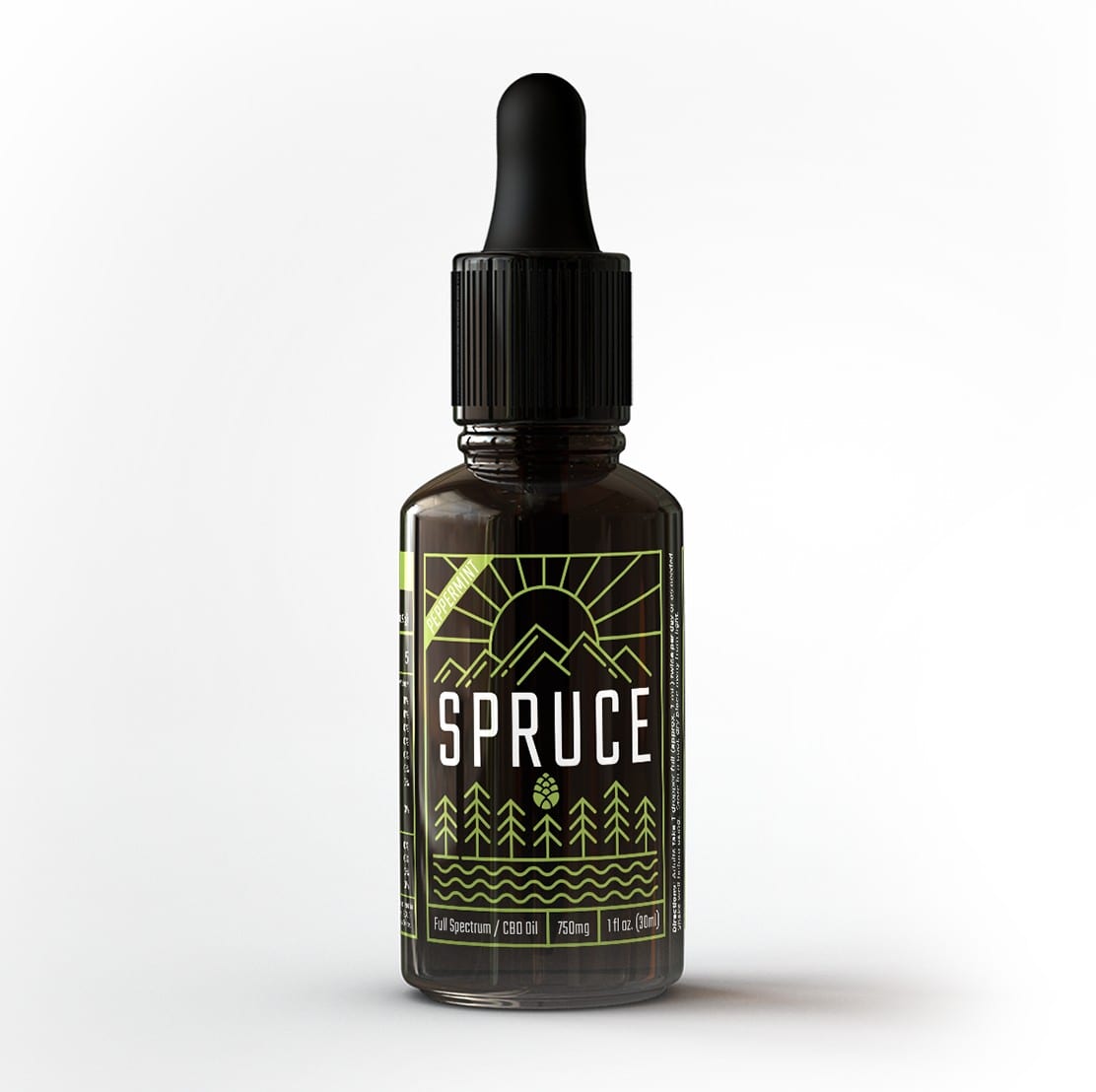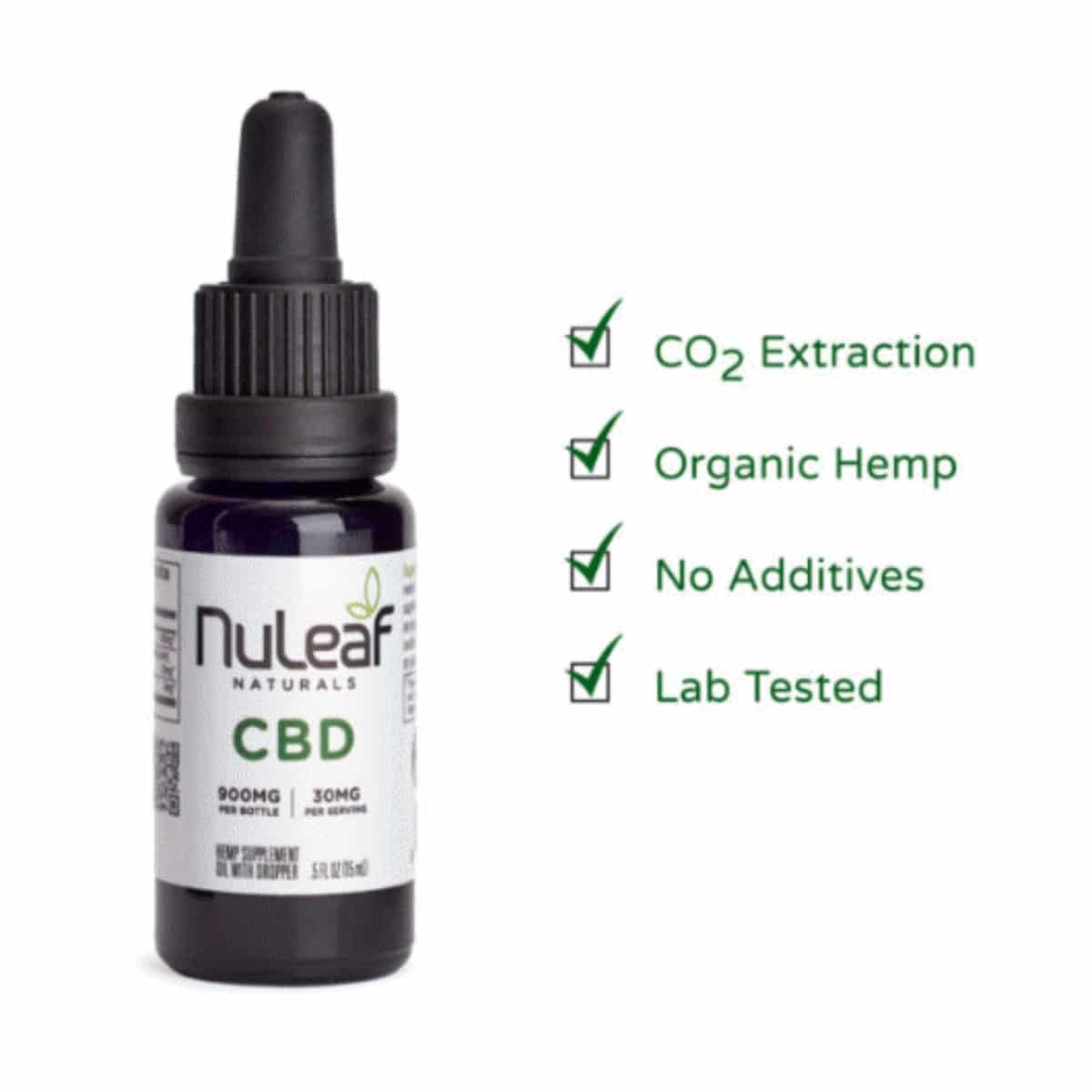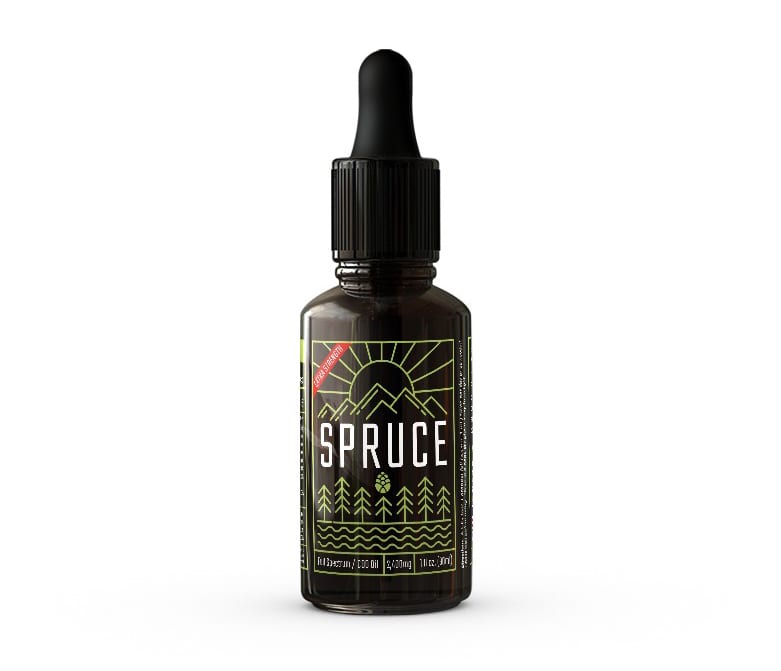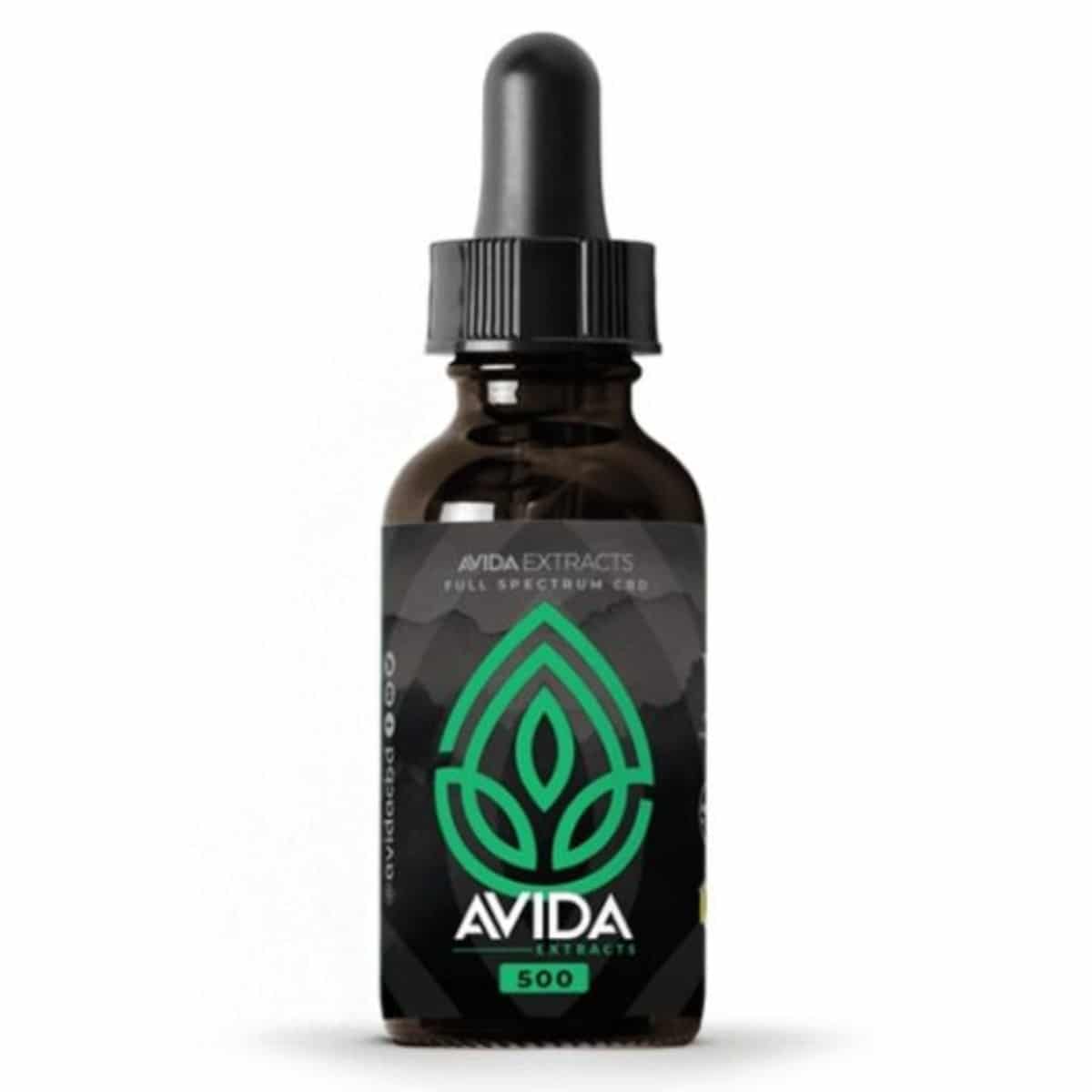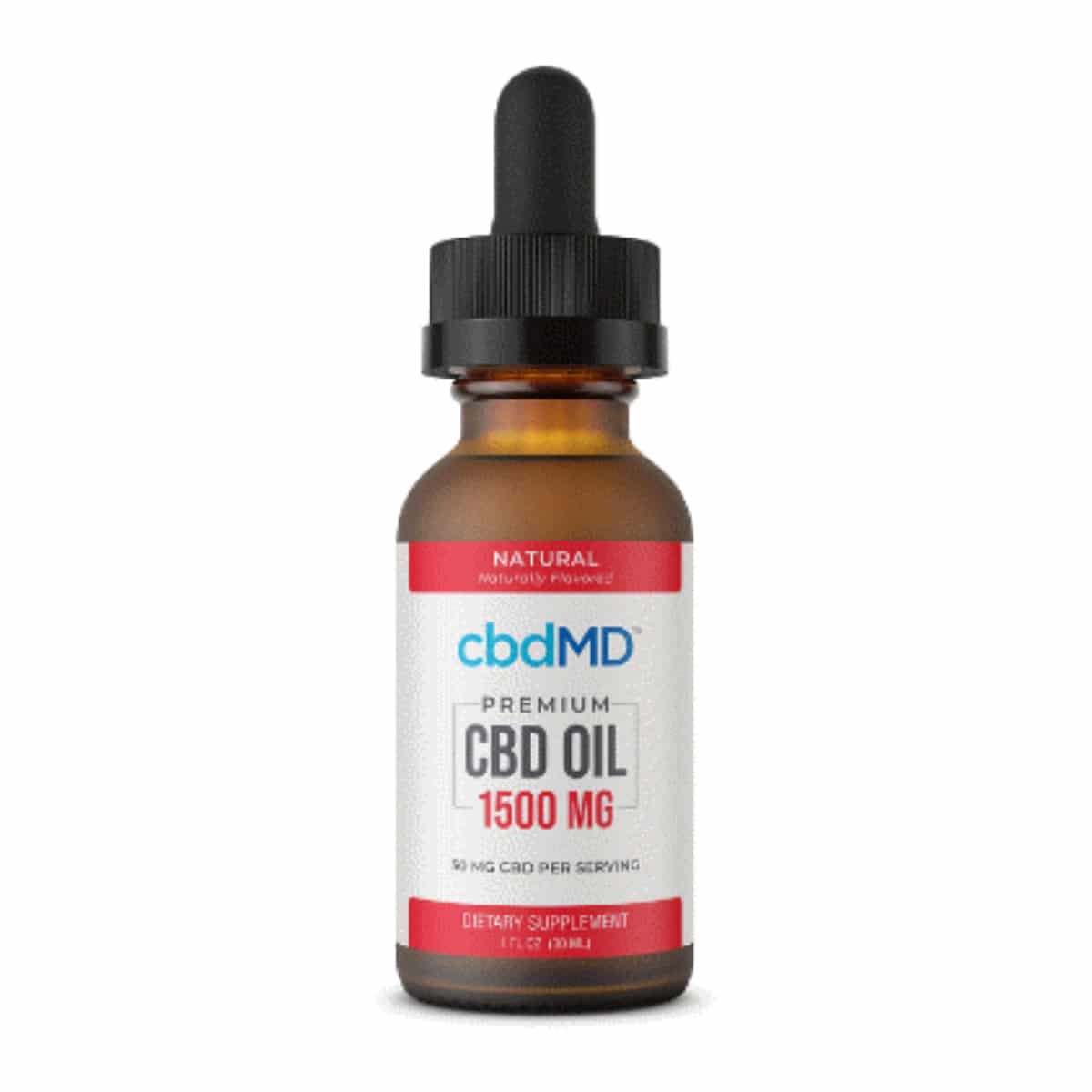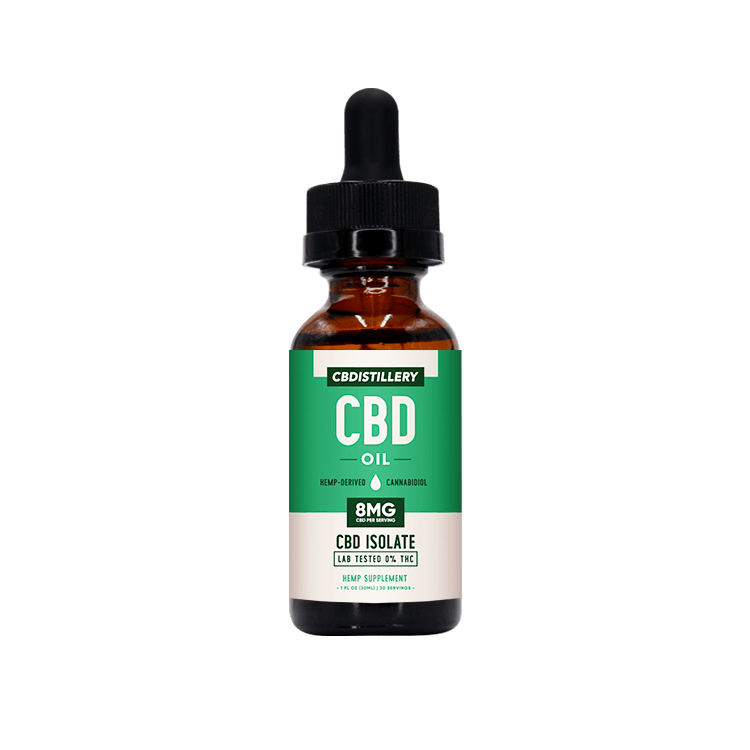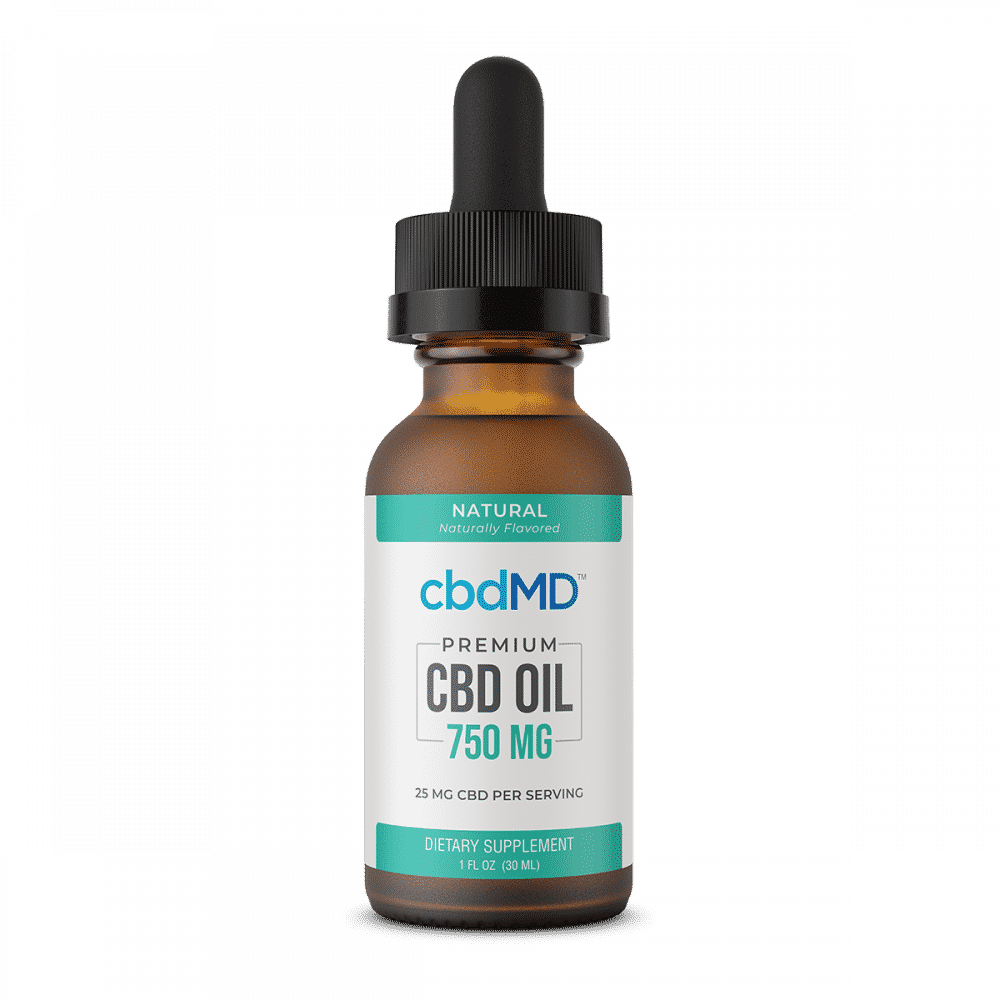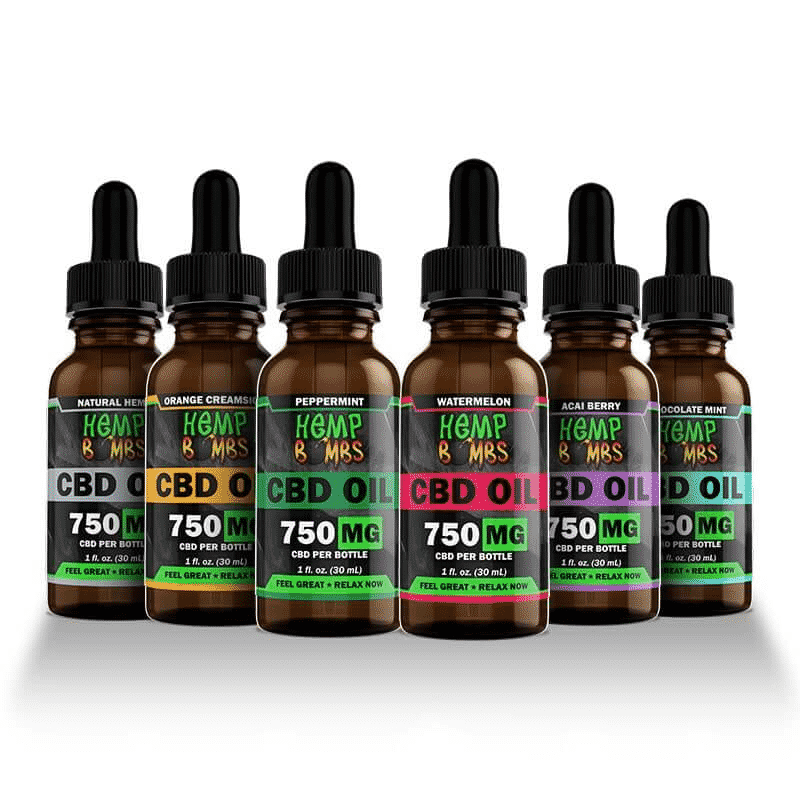Best CBD Oil for Burns
Wondering if CBD is the best remedy for burns? Here are the potential benefits and risks of using CBD oil for burns, including product recommendations, to help you choose a suitable CBD product for your condition.
Best CBD Oil for Burns 2024
- Spruce 750mg Lab Grade CBD Oil Editor's Pick
- NuLeaf Naturals 900mg Full Spectrum Hemp CBD Oil Best Organic
- Spruce 2400mg Lab Grade CBD Oil Editor's Pick
- Avida Full Spectrum CBD Oil Tincture 500mg Best Seller
- cbdMD CBD Oil Tincture Natural 1500mg Best Natural Alternative
- CBDistillery THC Free CBD Oil Tinctures Best THC-Free
- cbdMD CBD Oil Tincture Natural 750mg Best Customer Rated
- NuLeaf Naturals 300mg Full Spectrum Hemp CBD Oil Best Starter
- Hemp Bombs 750mg CBD Oil Best Flavor Range
Compare the Best CBD Oil for Burns in 2022
Best CBD Oil for Burns
1. Spruce 750mg Lab Grade CBD Oil
cbdc overall score
4.8
CBDC Evaluation Table/Score
| Pros | Cons |
|---|---|
|
Mid-strength |
No other flavors |
|
Natural peppermint flavor |
|
|
Made from 100% organic and natural ingredients |
Overview
Each bottle of the 750mg CBD oil tincture contains 25mg of CBD per dropper full. The oil is peppermint flavor to mask any unpleasant tastes related to CBD.
2. NuLeaf Naturals 900mg Full Spectrum Hemp CBD Oil
cbdc overall score
5.0
CBDC Evaluation Table/Score
| Pros | Cons |
|---|---|
|
Pure CBD hemp |
No other flavors |
|
All natural |
|
|
Approximately 300 drops total |
Overview
Natural remedy for various illnesses. NuLeaf Naturals’ CBD oil is a whole-plant extract containing a full spectrum of naturally occurring synergistic cannabinoids and terpenes.
3. Spruce 2400mg Lab Grade CBD Oil
cbdc overall score
5.0
CBDC Evaluation Table/Score
| Pros | Cons |
|---|---|
|
Extra Strength |
Tastes bitter |
|
No artificial flavoring or colors |
No THC-free option |
|
Made from 100% organic and natural ingredients |
Overview
The largest bottle of CBD oil that Spruce offers contains 2,400mg of CBD. This is full-spectrum CBD oil, which is the maximum possible potency. Each high potency dropper full contains 80mg of CBD. There are no flavorings in it, which allows for the most CBD to fit in the 30ml bottle.
4. Avida Full Spectrum CBD Oil Tincture 500mg
cbdc overall score
4.6
CBDC Evaluation Table/Score
| Pros | Cons |
|---|---|
|
Light Spearmint flavor |
No other flavor |
|
Non-THC, Non-detected in drug test |
Overview
Avida Extracts Full Spectrum CBD oil is the latest iteration of the brand’s advanced Avida CORE Spectrum technology. They use a proprietary full spectrum blend, resulting in the highest naturally occurring Phyto-cannabinoids and Terpenes with THC (<0.3) to support your health.
5. cbdMD CBD Oil Tincture Natural 1500mg
cbdc overall score
4.7
CBDC Evaluation Table/Score
| Pros | Cons |
|---|---|
|
Various delicious flavors to choose from |
cbdMD uses MCT as its carrier oil so individuals who are allergic with coconuts should consider other brand options |
|
Has vegan, organic, and gluten-free ingredients |
|
|
Free shipping for this particular product within USA |
|
|
World-class customer service team |
Overview
cbdMD’s CBD oil tinctures are made using only CBD sourced from medical hemp and MCT oil as a carrier oil. Tinctures are offered in orange, mint, natural, and berry flavors. Safe for daily use, the oil tinctures are packaged with a built-in rubber dropper to adjust CBD dosage easily. The packaging is made to be easy to transport and discreet to use.
6. CBDistillery THC Free CBD Oil Tinctures
cbdc overall score
4.4
CBDC Evaluation Table/Score
| Pros | Cons |
|---|---|
|
60-Day Satisfaction Guarantee |
Dropper is a bit shaky |
|
Various strengths |
|
|
Oil extracted from aerial plant parts of US grown industrial hemp |
|
|
Sourced from non-GMO industrial hemp grown in the USA through natural farming practices |
Overview
CBDistillery’s Isolate CBD Oil Tinctures harness the power of pure CBD. CBD Isolate Oil Tinctures include 0.0% THC. When you use CBDistillery CBD Isolate Oil Tinctures, you can be assured you’re using the highest quality CBD on the market.
7. NuLeaf Naturals 300mg Full Spectrum Hemp CBD Oil
cbdc overall score
4.6
CBDC Evaluation Table/Score
| Pros | Cons |
|---|---|
|
Pure CBD hemp |
No other flavors |
|
All natural |
A bit pricey compared to competitors |
|
Approximately 100 drops total |
Overview
This is one of several concentrations from NuLeaf Naturals. As the lowest concentration, it is the company’s best option for those new to CBD oil. The product is lab-tested and fully organic. It is full-spectrum, so it contains THC in small quantities.
8. cbdMD CBD Oil Tincture Natural 750mg
cbdc overall score
4.4
CBDC Evaluation Table/Score
| Pros | Cons |
|---|---|
|
Vegan and Gluten free |
Does not ship internationally |
|
Has a third-party lab test |
|
|
Wide variety of CBD strengths and sizes |
Overview
A 750mg bottle of cbdMD’s Broad Spectrum Oil Tincture does not contain THC. It also has a fairly wide flavor range which is perfect for those who prefer other taste. Vegan consumers are considered since cbdMD offers Vegan products. Aside from all of that, another reason why people love cbdMD is because it’s free from harmful chemicals.
9. Hemp Bombs 750mg CBD Oil
cbdc overall score
3.9
CBDC Evaluation Table/Score
| Pros | Cons |
|---|---|
|
Wide variety of flavors |
Incomplete information about the product |
|
Lab test results are complete |
Does not ship to all international countries |
|
30-day money-back guarantee |
Overview
Hemp Bombs offer CBD Oil Tinctures that come in a 30ml bottle containing 750mg of CBD. They provide a wide range of flavors perfect for those that have a knack for sweets. Consumers can safely intake this because it’s free of chemicals and pesticides. Hemp Bombs also offer a 20% off on products upon subscription.
How CBD Helps with Burns
Through CBD’s interaction with the body’s endocannabinoid system (ECS), the potential anti-inflammatory, pain-relief, and antibacterial properties of CBD may help treat your burn injuries.
Cannabidiol (CBD) is the non-psychoactive phytocannabinoid found in hemp plants that interacts with the body’s endocannabinoid system(1). These phytocannabinoids refer to the various naturally occurring components of a cannabis plant(2).
The ECS is said to modulate the body’s inflammatory and pain management and responses. It has two receptors: CB1 receptors and CB2 receptors(3).
These cannabinoid receptors regulate different body functions. CB1 receptors affect memory, movement, mood, and perception, while CB2 receptors are linked with pain and inflammation, and bind with immune cells(4).
CBD binds with the CB2 receptors in the endocannabinoid system. This occurrence may account for CBD’s potential anti-inflammatory properties and effects on pain(5).
The use of topical CBD has also shown safe and non-invasive effects in some inflammatory skin disorders(6).
A burn is a condition where specific body tissues on the skin are damaged because of heat, radiation, chemicals, or electricity(7). Its severity is categorized per degree.
First degree burns damage only the epidermis or the outermost layer of the skin. These are the mildest form of burns and do not cause infection or scarring(8).
Slightly severe second-degree burns cause damage to the two layers of skin: the epidermis and the dermis. This burn type may cause pain, swelling with red areas and blisters, and infection to the skin(9).
Third-degree or full-thickness burns harm the skin and other deeper tissues in the affected area. This type of burn can leave the skin almost numb and scorched-looking. It may require skin grafting(10).
Skin grafting is when a thin layer of the skin is taken from another area of the body to cover the burns(11).
Most problems caused by severe burns occur due to the body’s spiked anti-inflammatory response(12).
This response is a natural reaction to injury and protection from bacteria and other foreign bodies. However, the overreaction to this response caused by severe burns may add to the burn injury’s severity and affect other body organs(13).
Uses and Benefits of CBD for Burns
Burns cause physical trauma on the skin and break its protective layer. This damage may lead to other complications, like bacterial infections.
The debilitation of the immune system caused by burns may also affect how the body resists infection(14).
Slow wound–healing process, pain, hypertrophic scarring, and infections are crucial concerns when it comes to skin burn management(15).
Due to the slow healing and exposure of wounds, infection is one of the primary reasons for the mortality and morbidity of individuals with burns(16).
The increasing use of cannabis in treating several people who suffer from severe and large burns was reported in a study(17). The researchers observed that the people who use cannabis had larger burns, need more operations, and have longer stays in the ICU.
Early studies on cannabis compounds (CBD and THC) and their antibacterial effects date back to 1976(18).
CBD is usually associated with the enhancement of wellness overall. However, with the growing interest in CBD and its over-the-counter availability in some states, more CBD brands assert therapeutic claims.
CBD is also known for its anti-inflammatory, pain-relieving, and analgesic properties. The literature on CBD’s benefits and uses also suggests its anxiolytic and anticonvulsant effects(19).
In an animal study, a CBD topical was used in irradiated rat skin to test harmful UV radiation prevention. The study supported the anti-inflammatory and antioxidant properties of CBD(20).
In a study reviewing natural fiber plants, hemp was mentioned to have antibacterial properties against pathogens(21).
The promising benefits of cannabinoids found in hemp demonstrated the advantages of CBD use for different skin diseases, as mentioned in a dermatological study(22).
Another study also mentioned that the combined antibacterial, anti-inflammatory, and antiproliferative effects of CBD may be useful in the treating of acne vulgaris(23).
CBD’s modulation of bacterial membrane vesicles was also studied. Findings suggested that CBD may help improve antibiotic activity and help reduce antibiotic resistance(24).
A different study on cannabinoids and pain suggested the use of medical cannabis’ cannabinoids as a possible treatment for chronic pain in adults(25).
Routes of Administration
There are several ways you can use CBD products, including inhalation, sublingual, mucosal, or transdermal application, oral ingestion, and topical absorption.
Two of the most common delivery methods for CBD products are sublingual or mucosal administration and inhalation.
Animal studies showed that CBD tinctures taken sublingually or absorbed by the mucosal membranes under the tongue or in the cheeks permits better absorption of terpenes(26).
Terpenes are naturally occurring compounds in plants known for their ability to counter parasites(antiplasmodial activity) and their potential as anticancer and antidiabetic agents(27).
It takes 15 to 30 minutes for sublingual products to take effect. These effects last for two to four hours(28).
Inhalation of CBD through vaping or smoking has the fastest onset of 2 to 15 minutes, and effects could last for two to four hours(29).
Topical and transdermal applications involve CBD having direct contact with the skin. Traditional CBD topicals include CBD salves, CBD balms, CBD creams, CBD lotions, or CBD patches.
These topicals and transdermal products have the same onset time of 5 to 30 minutes(30). However, the transdermal route appears to have a longer subsistence of four hours for CBD gels and eight hours or longer for CBD patches(31).
The effects of CBD edibles, like CBD capsules or CBD gummies, last up to six to eight hours. It is the longest CBD efficacy duration(32).
Several animal studies use cannabidiol as a topical solution to examine its effects on skin burns. Despite these findings, research is insufficient to conclude that CBD oil helps with burns.
Risks of Using CBD Oil for Burns
Skin burn is a serious condition that should be treated appropriately, no matter what degree type the burn is. CBD oil administration is just one possible alternative to help treat this condition.
Due to the limited information on CBD oil’s effect on the skin, this potential burn treatment should be taken with caution.
CBD’s possible side effects, its drug to drug interactions, and legality are things to consider before using CBD oil for specific conditions, like burns.
Side Effects and Drug Interactions
Even with the growing research on CBD’s benefits, there are still possible adverse effects that the substance may cause, including(33):
- Reduced appetite
- Fatigue
- Diarrhea
- Dry mouth
- Drowsiness
Although these side effects are said to be tolerable, they may lead to more serious complications. Thus, further research on the side effects of CBD is warranted.
Pregnant and breastfeeding women should avoid using CBD products, as some ingredients may affect the infant.
Since CBD may share similar effects with antihistamines, opioids, and antidepressants, it is not advisable to take CBD products with these medications to avoid oversedation and disruption of daily activities(34).
You should also avoid using CBD with other herbal supplements and products that have sedative properties(35).
Legality of CBD
The 2018 Farm Bill provided expanded information on hemp. It also removed hemp from the controlled substances, making it federally legal in the US(36).
The Controlled Substances Act (CSA) puts FDA regulated substances into one of the five schedules based on their potential abuse, medical use, dependence liability, and safety(37).
Hemp is defined as a variety of cannabis plants with less than 0.3% tetrahydrocannabinol (THC), the psychoactive component of cannabis, in dry weight(38).
Moreover, the US Food and Drug Administration (FDA) approved a CBD-infused drug for severe and rare forms of childhood epilepsy: Dravet syndrome and Lennox-Gastaut syndrome(39).
However, US states have different laws and regulations regarding CBD products. It is highly recommended to research and follow these regulations to avoid adverse repercussions.
Things to Consider in Buying CBD Oil for Burns
In choosing the best CBD product for burns and other medical conditions, you should assess the following:
-
Type of CBD Extract
There are three types of CBD. Full-spectrum CBD or whole-plant extract contains terpenes, flavonoids, and other phytocannabinoids, including traces of THC. The synergy of these cannabinoids and phytocompounds causes an entourage effect(40).
Meanwhile, broad-spectrum CBD has the components of a full-spectrum CBD except for THC.
Like broad-spectrum CBD, CBD isolates are THC-free. However, they contain pure CBD alone. It may need for you to take higher doses of the isolates before feeling the beneficial effects of CBD(41).
-
Source of Hemp
CBD brands claim to use high-quality, non-GMO, organic, and USA-grown hemp. However, you should be critical of these claims.
Understanding the hemp source entails knowing the farming protocols, checking for herbicides or pesticides, and ensuring hemp quality.
Some well-known states part of the hemp pilot programs include Colorado, Kentucky, Oregon, and North Carolina(42).
-
Certificate of Analysis
The certificate of analysis (COA) includes the lab results for the contaminants, like pesticides, microbials, and chemicals. Information on the CBD concentration and potency is also shown in the COA.
-
Amount of CBD Concentration and Potency
The COA shows how much CBD is infused in a product. To achieve your desired effects, using more potent CBD products is advised.
-
Extraction Method
The method of obtaining CBD from the hemp extract determines a product’s cleanliness and purity.
One of the most common extraction methods in deriving the substance from CBD-rich hemp extracts is the CO2 extraction method(43).
-
Ingredients
CBD oil is commonly infused with carrier oils, like hempseed oil and medium-chain triglyceride (MCT) coconut oil. These carrier oils may contribute to the favorable effects of CBD.
MCT coconut oil is known to have benefits for the cardiovascular system(44). Meanwhile, hempseed oil is known to be a source of digestible proteins(45).
Some topical CBD products have aloe vera, essential oils, and vitamin E that may contribute to skincare and skin health.
Examining the ingredients of the CBD product gives you information on the other components included in the product.
Product Frequently
Asked Questions
-
How can CBD help with burns?
CBD may help with burns through its ability to bind with CB2 receptors of the endocannabinoid system responsible for pain regulation and anti-inflammatory responses of the body(46).
-
What research exists saying that CBD helps with burns?
Animal studies showed CBD’s possible protective effects on epidermal keratinocytes with UV-induced changes(47). However, more research on CBD and its effects on burns is warranted.
-
Is there evidence that CBD can make burns worse?
There is limited research on CBD’s potential in the treatment and management of burns. However, these findings and the potential adverse effects of CBD for skin burns are still inconclusive.
-
Will CBD interact with any current medication I may be taking for burns?
It is not advisable to use CBD products alongside opioids, antihistamines, and antidepressants, for combined use may cause excessive sleepiness and disruption of everyday activities.
-
Are there other treatments I should consider alongside CBD to help with burns?
You should seek a doctor’s advice before applying other treatments or using other medications for burns. This practice helps prevent the adverse effects of CBD use.
-
Can I fail a drug test if I use CBD for burns?
CBD is a non-psychoactive and non-intoxicating drug. However, excess THC content in a CBD product may result in a positive drug test.
-
What is the dosage for burns?
For all CBD products, a low dose at the start of use is recommended. You can gradually increase the dosage until the desired effects are achieved.
- Konieczny, E., (2018), Healing with CBD, P. 102, retrieved from https://drive.google.com/file/d/1AGlxnhS2SoFeOXEuysv75bd_C9pEnwsU/view
- The Analytical Chemistry of Cannabis, (n.d.), Phytocannabinoids, retrieved from https://www.sciencedirect.com/topics/chemistry/phytocannabinoid
- Fine, P. G., & Rosenfeld, M. J. (2013). The endocannabinoid system, cannabinoids, and pain. Rambam Maimonides medical journal, 4(4), e0022. https://doi.org/10.5041/RMMJ.10129
- Ibid.
- Ibid.
- Palmieri, B., Laurino, C., Vadala, M., (2019), A therapeutic effect of cbd-enriched ointment in inflammatory skin diseases and cutaneous scars, retrieved from https://www.clinicaterapeutica.it/2019/170/2/05_PALMIERI-VADALA.pdf
- Medline Plus, (n.d.), Burn, retrieved from https://medlineplus.gov/burns.html#:~:text=A%20burn%20is%20damage%20to,injury%2C%20caused%20by%20breathing%20smoke
- Model SystemsKnowledge Translation Center, (n.d.), Understanding a Burn Injury: Fact Sheet, retrieved from https://msktc.org/burn/factsheets/Understanding_Burn_Injury
- Ibid.
- Ibid.
- UWHealth, (n.d.), Burn Center Frequently Asked Questions, retrieved from https://www.uwhealth.org/burn-center/burn-center-frequently-asked-questions/29616#:~:text=A%20skin%20graft%20is%20a,on%20the%20face%20and%20hands.
- National Institute of General Medical Sciences, (n.d.), Burns, retrieved from https://www.nigms.nih.gov/education/fact-sheets/Pages/burns.aspx
- Ibid.
- Ibid.
- Wang, Y., Beekman, J., et. al., (January 2018), Burn injury: Challenges and advances in burn wound healing, infection, pain and scarring, retrieved https://www.sciencedirect.com/science/article/abs/pii/S0169409X17301990?casa_token=Bi5hrn1wEIgAAAAA:aQFoEaD6zxjC4eazlRS_Pe6bYDG2zSCLALG7U2WI3Yd0LgofuQTRpt448X9xlJXf6pUuwPWcMlDv
- Weber, J., (n.d.) Infection Control on Burn Patients, retrieved from https://worldburn.org/documents/infectioncontrol.pdf
- Jehle CC Jr, Nazir N, Bhavsar D. The rapidly increasing trend of cannabis use in burn injury. J Burn Care Res. 2015 Jan-Feb;36(1):e12-7. doi: 10.1097/BCR.0000000000000192. PMID: 25412052.
- van Klingeren, B., ten Ham, M. Antibacterial activity of Δ9-tetrahydrocannabinol and cannabidiol. Antonie van Leeuwenhoek 42, 9–12 (1976). https://doi.org/10.1007/BF00399444
- Konieczny, E., (2018), Healing with CBD, P. 105, retrieved from https://drive.google.com/file/d/1AGlxnhS2SoFeOXEuysv75bd_C9pEnwsU/view
- Atalay, S., Gegotek A., et. al., (n.d), Therapeutic application of cannabidiol on UVA and UVB irradiated rat skin. A proteomic study, retrieved from https://www.sciencedirect.com/science/article/pii/S0731708520315429
- Khan, B. A., Warner, P., Wang, H., (2014), Antibacterial Properties of Hemp and Other Natural Fibre Plants: A Review, retrieved from https://ojs.cnr.ncsu.edu/index.php/BioRes/article/view/BioRes_09_2_Khan_Antibacterial_Hemp_Fibre_Review
- Eagleston, L., Khalani, N. K., Patel, R. R., (2018), Cannabinoids in dermatology: a scoping review, retrieved from https://escholarship.org/content/qt7pn8c0sb/qt7pn8c0sb.pdf
- Olah, A., Op. Cit.
- Koskodage, U. S., Matewele,P., et. al., (2019), Cannabidiol Is a Novel Modulator of Bacterial Membrane Vesicles, retrieved from https://www.frontiersin.org/articles/10.3389/fcimb.2019.00324/full?fbclid=IwAR2FIlLv_zAW0SmTKSdRUtwFdK_0wBfqnorPH75wXL_OcWG144lefkXTVno
- Vuckovic, S., Srebro, D., (November 2018), Cannabinoids and Pain: New Insights From Old Molecules, https://www.frontiersin.org/articles/10.3389/fphar.2018.01259/full
- Ceschel GC, Maffei P, Moretti MD, Demontis S, Peana AT. In vitro permeation through porcine buccal mucosa of Salvia desoleana Atzei & Picci essential oil from topical formulations. Int J Pharm. 2000 Feb 15;195(1-2):171-7. doi: 10.1016/s0378-5173(99)00381-6. PMID: 10675694.
- Cox-Georgian, D., Ramadoss, N., Dona, C., & Basu, C. (2019). Therapeutic and Medicinal Uses of Terpenes. Medicinal Plants: From Farm to Pharmacy, 333–359. https://doi.org/10.1007/978-3-030-31269-5_15
- Konieczny, E., (2018), Op. Cit.
- Ibid.
- Ibid.
- Ibid
- Ibid.
- Bauer, B. A., (n.d.), What are the benefits of CBD — and is it safe to use?, https://www.mayoclinic.org/healthy-lifestyle/consumer-health/expert-answers/is-cbd-safe-and-effective/faq-20446700
- Brown, J. D., Winterstein, A. G., (2019), Potential Adverse Drug Events and Drug–Drug Interactions with Medical and Consumer Cannabidiol (CBD) Use, retrieved from https://www.mdpi.com/2077-0383/8/7/989/htm
- Medline Plus, (n.d.), Cannabidiol (CBD), retrieved from https://medlineplus.gov/druginfo/natural/1439.html
- Congressional Research Service, (n.d.), Defining Hemp: A Fact Sheet, retrieved from https://fas.org/sgp/crs/misc/R44742.pdf
- United States Drug Enforcement Administration, (n.d), The Controlled Substances Act, retrieved from https://www.dea.gov/controlled-substances-act
- Congressional Research Service, Op. Cit.
- USFDA, (n.d.), FDA Approves First Drug Comprised of an Active Ingredient Derived from Marijuana to Treat Rare, Severe Forms of Epilepsy, retrieved from https://www.fda.gov/news-events/press-announcements/fda-approves-first-drug-comprised-active-ingredient-derived-marijuana-treat-rare-severe-forms
- Sansouci, J., (2020), The Rebel’s Apothecary, retrieved from https://drive.google.com/file/d/1QOnrkUAJQyilcYph8sYNptDtwsi3gZUu/view
- Ibid.
- National Conference of State Legislatures. (October 2020). State Industrial Hemp Statutes. Retrieved from: https://www.ncsl.org/research/agriculture-and-rural-development/state-industrial-hemp-statutes.aspx
- Konieczny, E., (2018), Healing with CBD, retrieved from https://drive.google.com/file/d/1AGlxnhS2SoFeOXEuysv75bd_C9pEnwsU/view
- Sankararaman, S., Sferra, T.J. Are We Going Nuts on Coconut Oil?. Curr Nutr Rep 7, 107–115 (2018). https://doi.org/10.1007/s13668-018-0230-5
- Callaway, J. C., Pate, D. W., (2009), Hempseed Oil, retrieved from https://www.sciencedirect.com/science/article/pii/B9781893997974500115
- Fine, P. G., & Rosenfeld, M. J. (2013). The endocannabinoid system, cannabinoids, and pain. Rambam Maimonides medical journal, 4(4), e0022. https://doi.org/10.5041/RMMJ.10129
- Jastrząb, A., Gęgotek, A., & Skrzydlewska, E. (2019). Cannabidiol Regulates the Expression of Keratinocyte Proteins Involved in the Inflammation Process through Transcriptional Regulation. Cells, 8(8), 827. https://doi.org/10.3390/cells8080827

